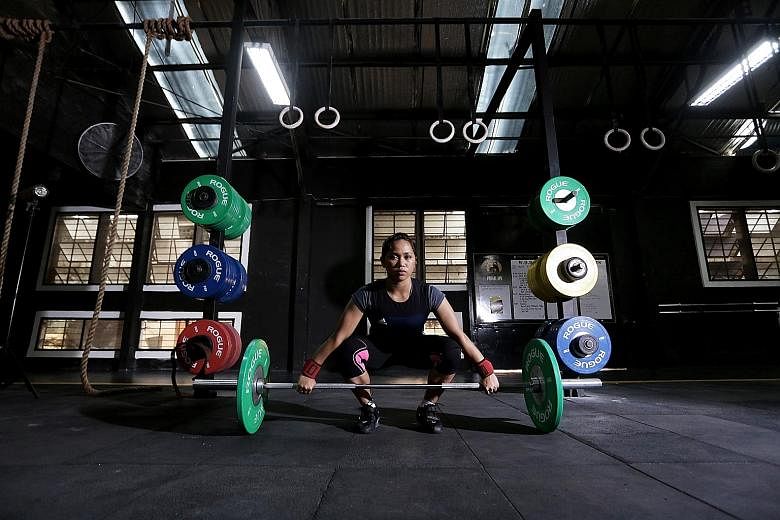Sporting minnows also need bold vision
The cynic could tell them, the shooter and the jumper, that they have little chance. He might laugh at them and say they're too small. He may selectively pick a statistic and sneer that there are 600 million from 11 nations in South-east Asia and not one won a gold at the 2012 Olympics.
But athletes are optimists and they aren't listening. In the Philippines, the weightlifting daughter of a motorised rickshaw driver hikes up mountain trails. In Indonesia, a girl born with smaller lungs makes big leaps in a long-jump pit. In Vietnam, a fine shooter makes do with a small quota of pellets.
They all speak different languages but they share a common geography and carry a joint dream. They come from a South-east Asian clan and they are going to join the tribe of Olympians. They travel in search of medals and memories, relevance and validation. They are the Olympic heirs to Indonesia's Susi Susanti, who won badminton gold in 1992, and proof that their lesser-known nations also matter at this Games.
They go as our ambassadors to introduce our nations to those who skipped map studies. SIN, people ask, where is that? VIE, what's that nation? Strangers hear our anthems and wonder where we're from. And so these are not just athletes we send to Rio, they are geography teachers in short pants. We're trying to beat the world and educate them at the same time.
When we win, people get to know us a little. As Susanti told the New York Times in 1992: "When Alan (Budikusuma, her then-fiance) and I got gold medals in singles in Barcelona, the world knew Indonesia better." When we win, people inadvertently learn about our history. When Thailand's Somluck Kamsing won the featherweight boxing gold in 1996, he held up a picture of his king.
Little May's big fight
Bright red numerals are beaming from a digital clock on the wall, silently counting each minute in the early morning. No one is awake yet. The janitors have not begun work.
There is only the faint sound of someone walking in the dim and stuffy hall. Slow at first, with small and halting steps, towards the light shining through the glass panes.
The champion is walking to work.
Ratchanok Intanon knows this routine by heart; her days have started this way since she was six.

